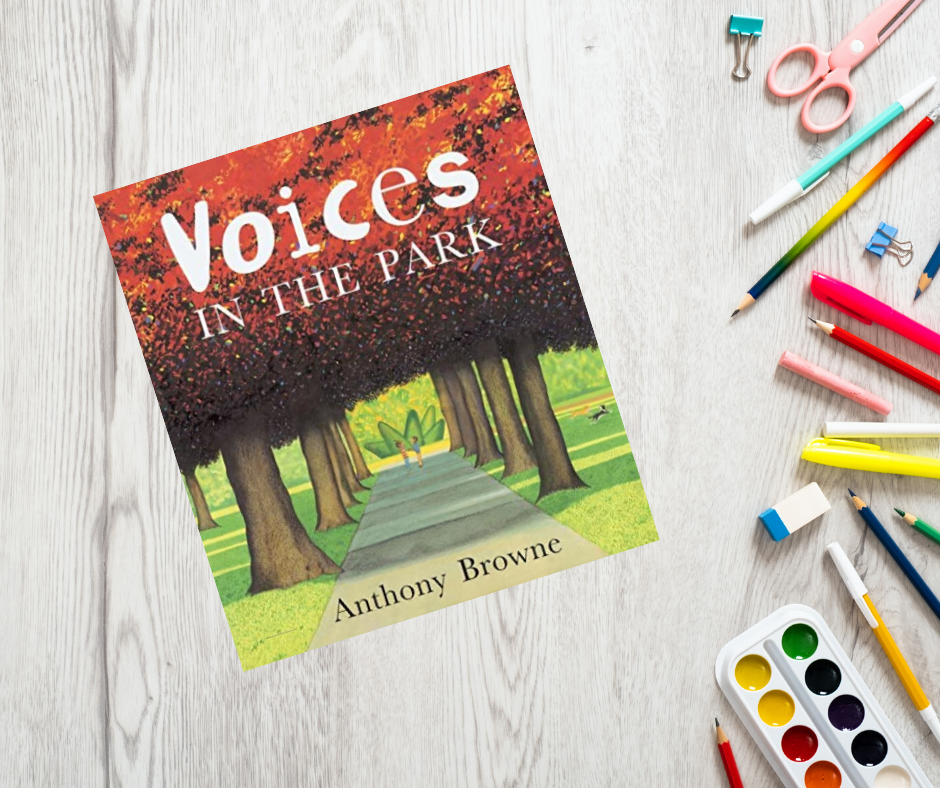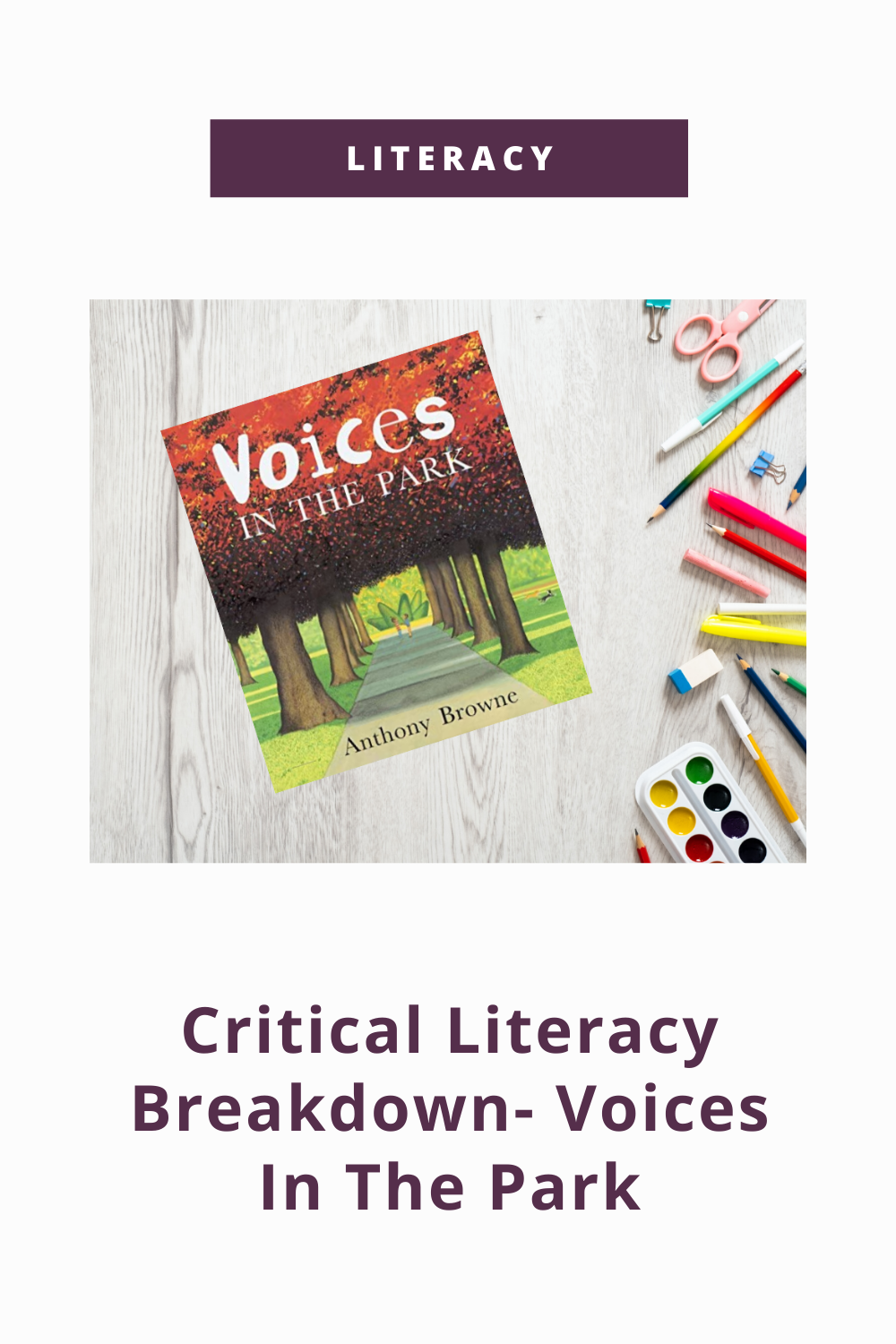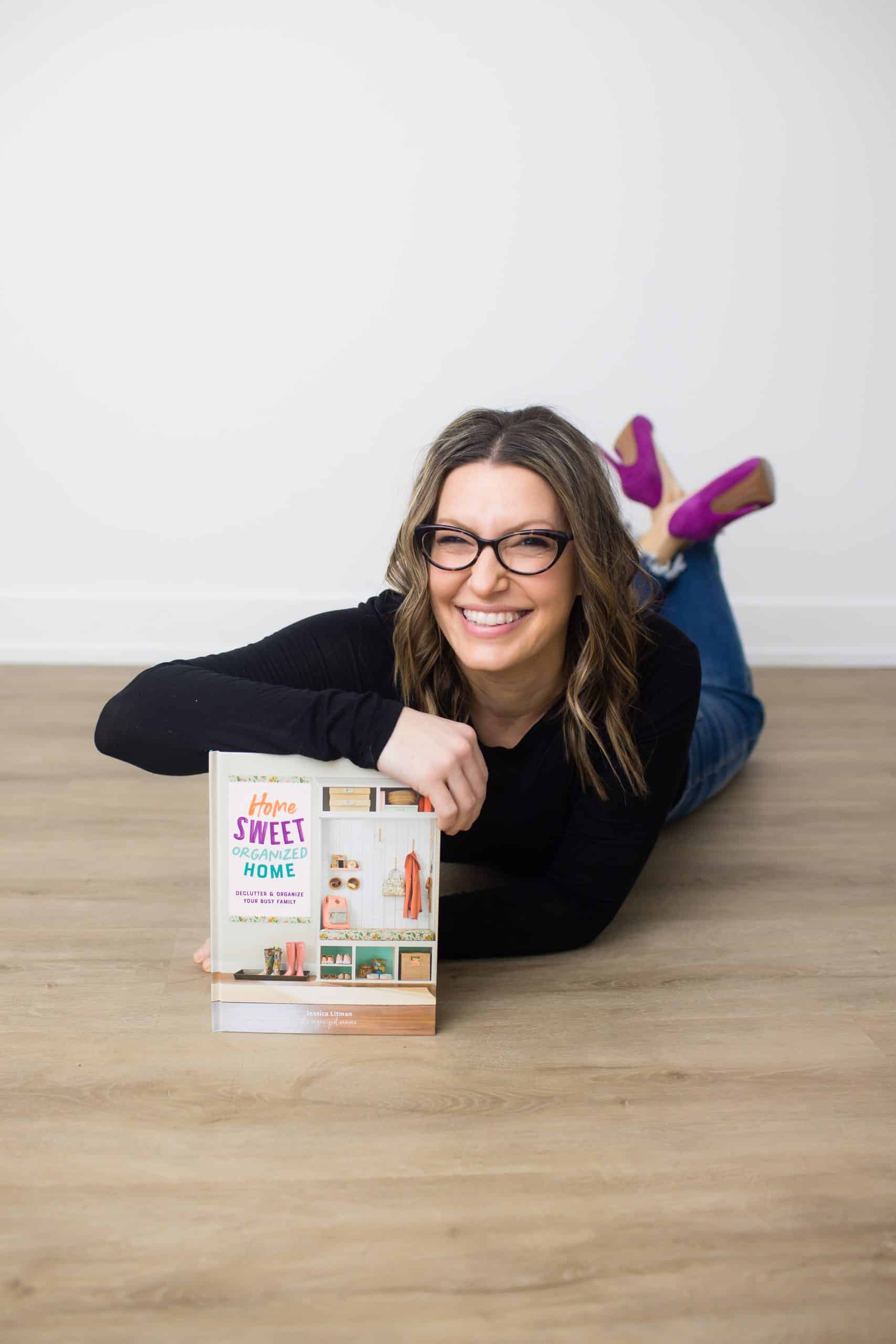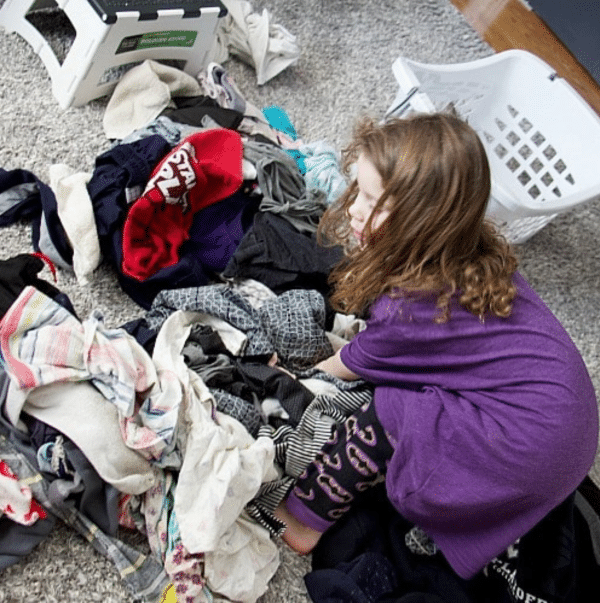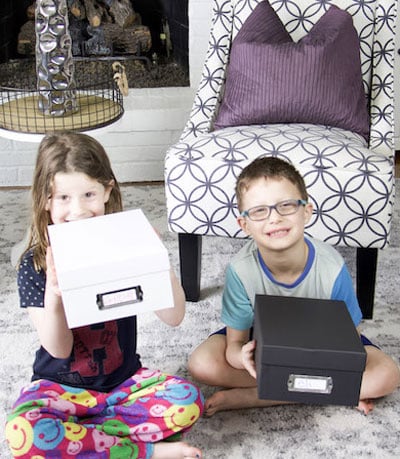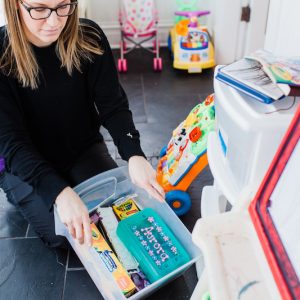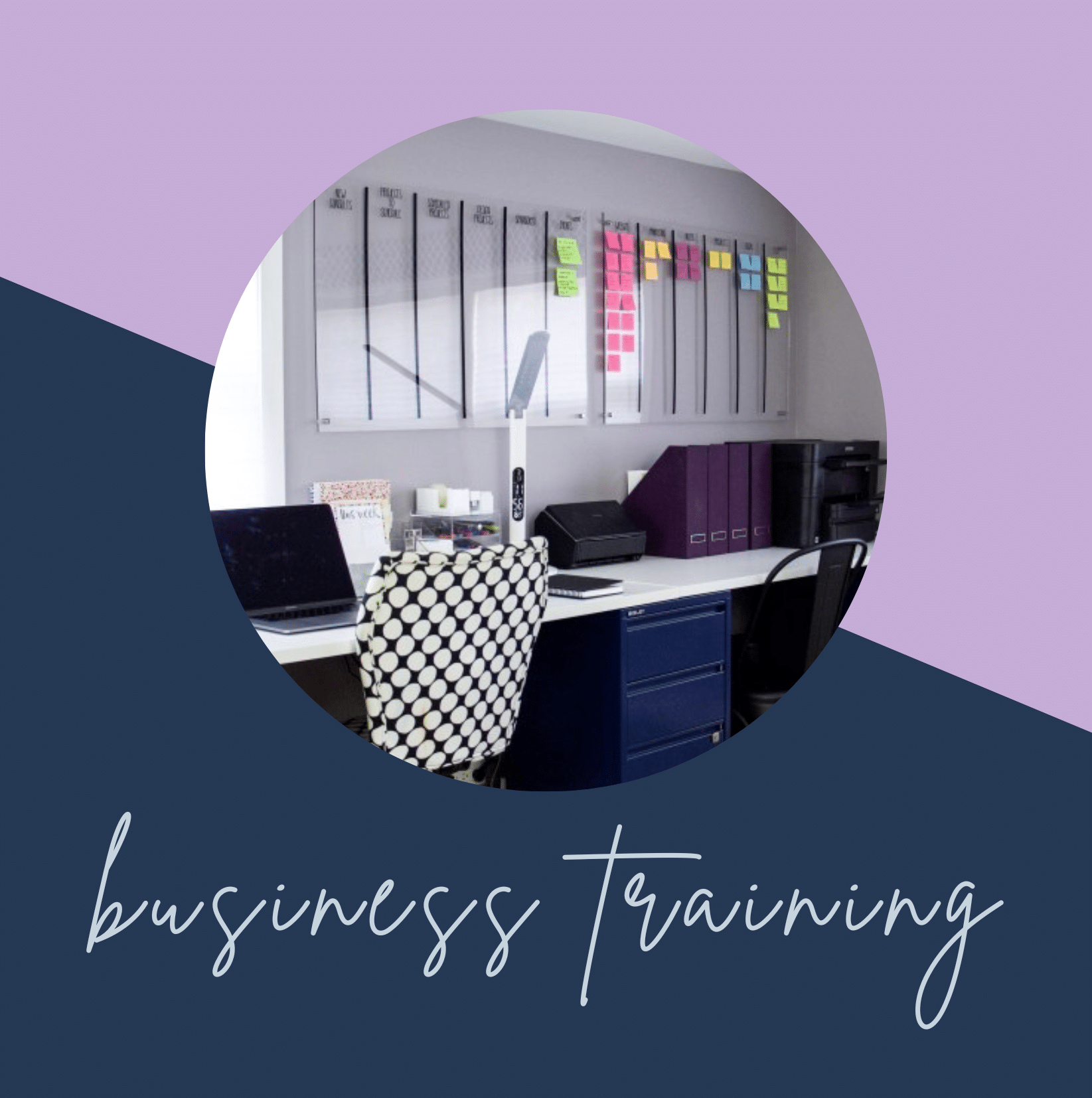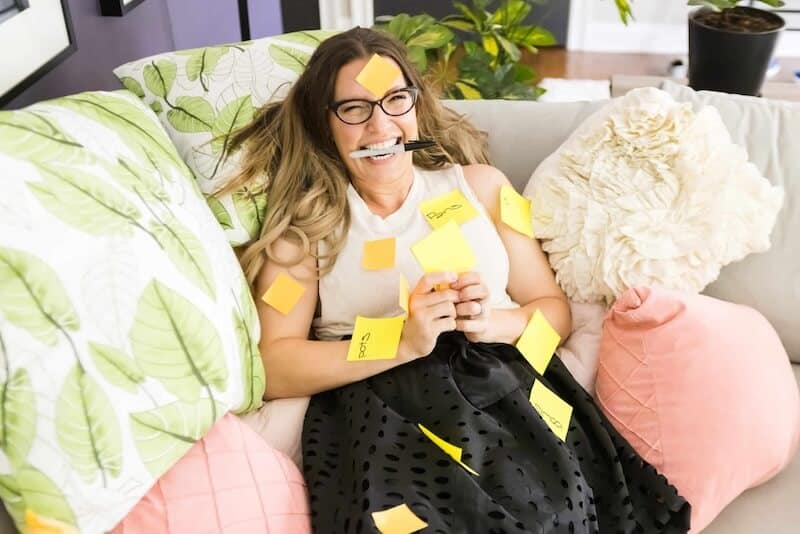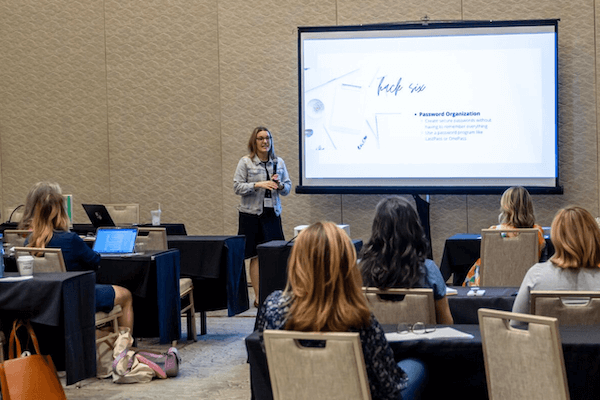This is our first monthly critical literacy book chat, and I am so excited for this one! Back when I was teaching, I would always start off the year by reading this particular book called Voices In The Park by Anthony Browne. Four people enter a park, and through their eyes we see four different visions of their time at the park. As the story moves from one voice to another, their perspectives show how they each experienced their time at the park. The reason I love this book so much is because it shows how each person’s perspective of an event can be different. This is a huge concept for everyone to understand, as how an event happened to you may not be the same for someone else.
How To Start
To start your critical literacy session with the kiddos, I suggest that you read the book and have the discussions anytime but bedtime. We read them during our calm down time of the day which is after lunch. Sit down in a cozy spot and pull out the book. Read the title of the book and ask your child this question:
“What do you think this book is about?”
Let them make their suggestions. If they say they don’t know, then do a “picture walk” or a quick viewing of the pages for them to create an answer on what they believe the book is about.
Read The First Voice
After the kids have made their predictions on what the book Voices in the Park is about, read the first voice. This is the voice of the stern women. After you read her story, stop reading and ask the kids this question:
“Who is talking in this story?” -or- “Who’s voice is represented here?”
Get the children talking about who’s voice they heard. Then ask them this question:
“Who’s voice is missing?”
The children are most likely to say we are missing the little boy’s voice. They may also say the dog. You can ask the kids what you think those voices would say.
Read The Second Voice
This voice is of the sad father. He is walking to the park with his daughter and dog. You are going to ask the same two questions as before with the same discussion as with the first voice. “Who is talking in this story?” and “Who’s voice is missing?”
You don’t have to spent too much time on the answers. Simply get the kids’ talking about the voices and who isn’t heard.
Read The Third Voice
The third voice is the little boy from the first story. He is also a sad child looking for a friend to play with at the park. Again you are going to ask the same two questions. “Who is talking in this story?” and “Who’s voice is missing?” The reason we keep asking these questions is to get the children to focus on who is telling the story so we can have more discussions once we have read all four voices.
Read The Fourth Voice
The fourth, and last, voice is the little girl that belongs to the sad father. I will note that the author uses the word “twit” to describe the angry women, so if you would rather avoid that, just change the word to “lady”. But I like to use that as an opportunity to discuss wording and what that word means. Again you are going to discuss who is telling the story and who’s voice is missing, if anyone.
Discussion For Voices In The Park
Once the book is finished, I recommend discussing one to two topics. Any more and the message gets lost. So pick a few questions to discuss. There is no right or wrong when selecting questions.
- What was the author’s intent for writing this story? -or- why did the author tell the story in this way?
- How would this story be different if…
- the mom wasn’t angry
- the dad wasn’t sad
- the boy wasn’t scared
- the girl wasn’t cheery
- How could we tell this story from the dog’s point of view?
- What would happen if the women started talking to the man?
- What was the author really trying to say?
- Who is this book written for?
More Topics To Discuss
When you read this story again, you can change up the questions you ask the kids. Maybe try discussing some of these:
- Feelings of each individual character
- What would make someone feel that way?
- How can you tell who is telling the story? (This is where you can notice the font change as well as how the story is being told)
Goals For This Book
Like any book we discuss, the goal of critical literacy is to get the kids thinking about the text is a new way. The reason I enjoy this book is because there are four different perspectives, which helps the conversation later as you discuss more about who is telling the story. As you read more stories, even bedtime stories, you can ask the simple question, who is telling this story? Who is not represented -or- who’s voice is missing? Just making children away that stories can be told in multiple perspectives is key to starting to truly look at literature critically.
If you want more background on critical literacy, you can read more here.


